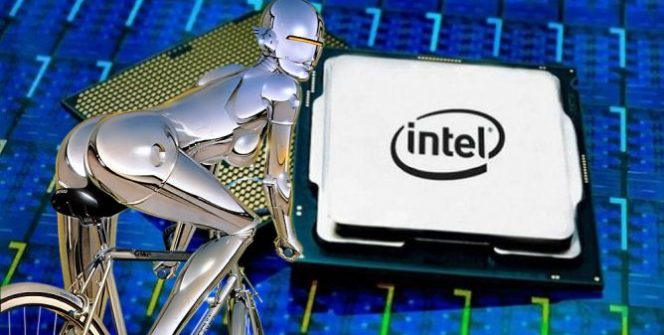TECH NEWS – While the Intel Core i5-7400 consumed 65W, the N100 with four E-Cores (Efficiency) achieves the same with only 6W!
Intel’s Alder Lake-N processors have been on the market for several months now, and test results show that they can bring the level of a 7th generation mid-range Core CPU (which is only one generation behind official support for Windows 11, just to show how recent that technology is). It uses the same 7-nanometer process node as the other Alder Lake and Raptor Lake processors, but there is no hybrid P- and E-core solution here (P stands for performance cores), but only the Gracemont E-Cores are used in the N family, which thus skips the SMT.
The Intel Processor N100 is one of four Alder Lake-N chips, which are, by definition, focused on low power. 4 cores, 4 threads, 6 MB Smart cache, and a maximum clock speed of 3.4 GHz. The N200 is different in that it runs at 3.7 GHz. In addition to low power consumption, the processor supports DDR4, DDR5, and LPDDR5 memory in single-channel mode. Geekbench 6 testing showed that the processor scored 1300 in single-core performance and 3450 in the multithreaded test. It is on par with Intel’s Core i5-7400 and i3-9100 processors (and both are 4-core, 4 threads), as they scored 1139/1343 and 3133/3598, respectively.
The advantage of the N100, therefore, lies in its power consumption. The i5 and i3 processors use 14-nanometer technology and have a default TDP of around 65W, but they generally have a power consumption of 80-90W. E-cores are capable of excellent multithreaded performance while having low power requirements. It’s no wonder Intel has deployed them in the Alder Lake and Raptor Lake families, and AMD is also sniffing in this direction with its future Ryzen CPUs…
With this low power, Intel has started a waltz for handheld PCs since AMD is not the only one that can do this low power… although AMD is better at APUs (processor and graphics chip in one).
Source: WCCFTech

















Leave a Reply